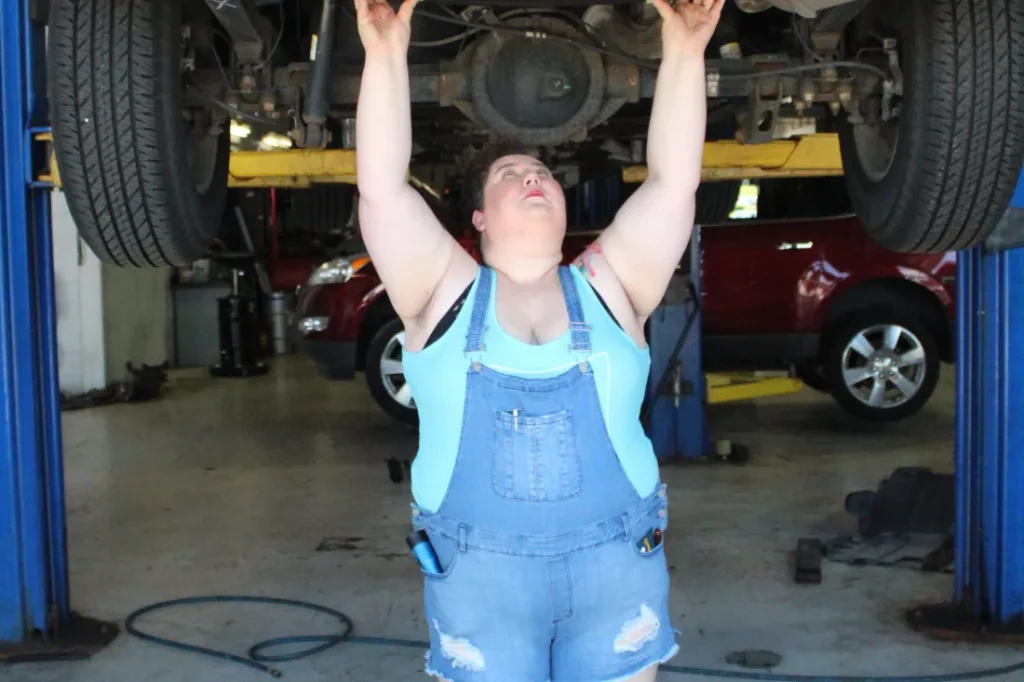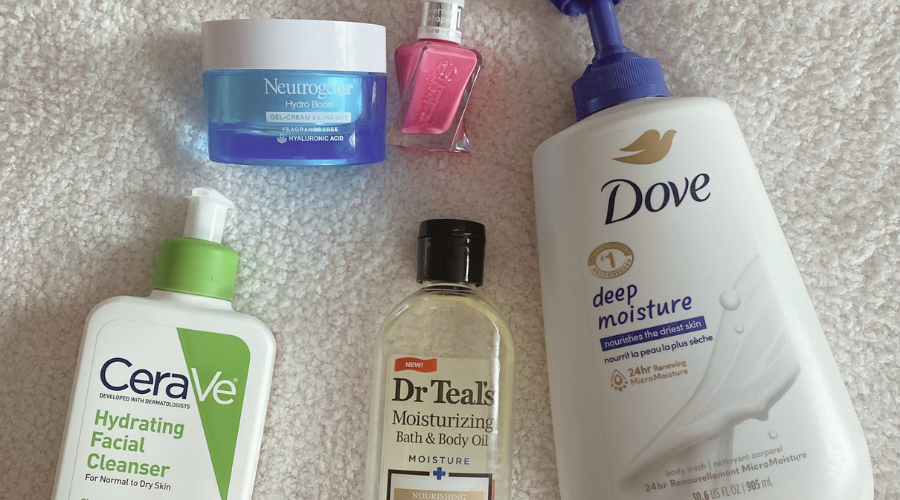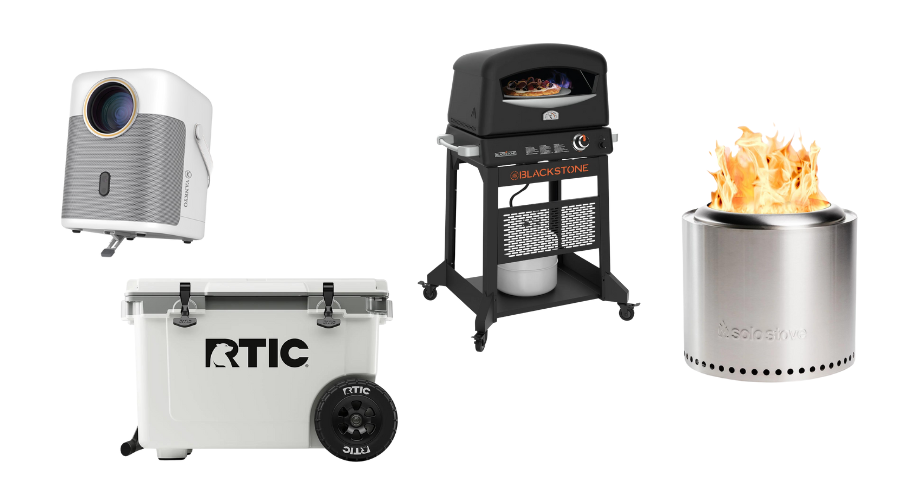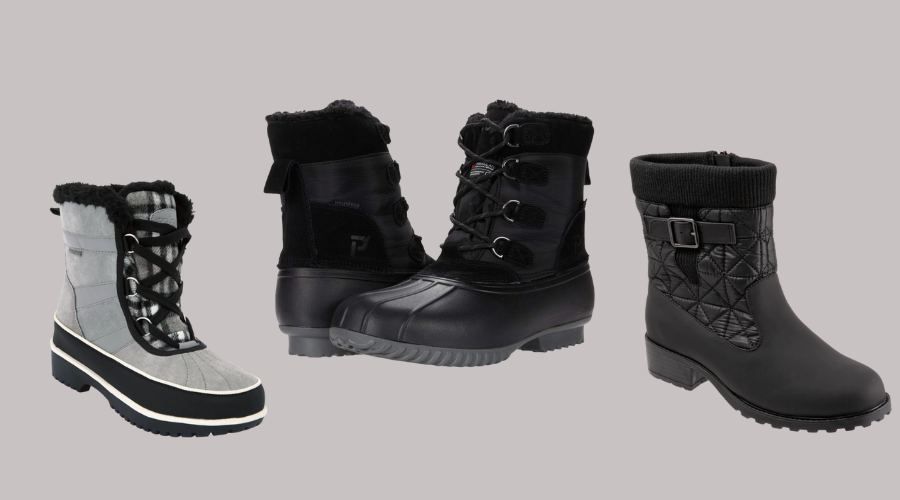
What You Need to Know About Auto Maintenance
Today, Chaya is going to share some maintenance knowledge .
Let’s dive in and hear from Chaya!
Have you ever been to a mechanic shop and not understood what was wrong with your car? With as many questions as you asked, you didn’t get answers that you could actually understand? Did you spend the money on the repair because you wanted to make sure your car was safe but left with the uneasy feeling like you were taken for a ride?
I’m Chaya from Mechanic Shop Femme (mechanicshopfemme.com). Working in the automotive industry since I was 18 years old has taught me quite a bit about cars and most importantly it’s left me with a deep desire to educate others.. Regular people that want to understand their cars just a little bit better and be prepared. You want to make good choices but don’t always know how.
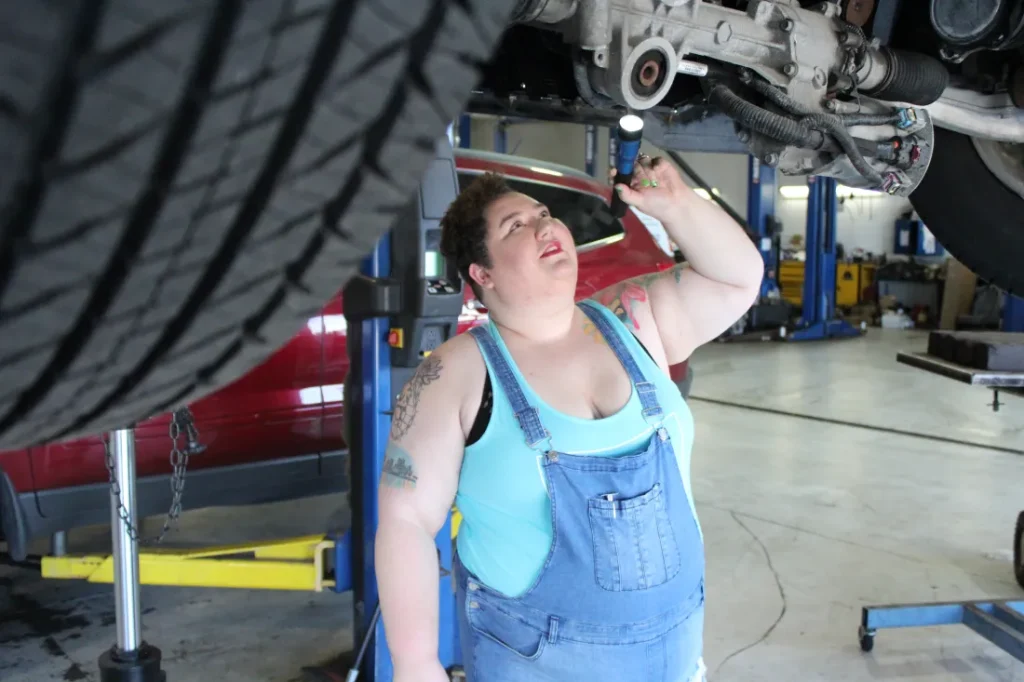
In this article, I want to help you understand a few car maintenance fundamentals that you might not already know. Buckle up! Let’s learn something new.
Tire Pressure Check
One of the least talked about areas of car maintenance is the tire pressure check. Most folks know that checking the air pressure in your tires is important, but let’s be honest… we don’t really do it very often and don’t know all the reasons it is important. I want to talk about the benefits of keeping your tires properly inflated as well as the downsides to under or overinflated tires. At the end of the day the more you know the more likely you’ll commit to keeping the tires inflated properly.
Money is always good motivation, right? Properly inflated tires can put around $300 or more into your pocket that would otherwise be spent on gas. that Fuel economy is not only good for your pocket it’s also a way to help protect the environment. Under and over-inflated tires will wear rapidly and unevenly trimming pressure time of the life of one of the biggest investments you make on the car, tires.
Then, of course, there is the matter of safety. According to the National Highway Transportation Safety Association, under-inflated tires cause longer stopping distances and sluggish handling which is a safety concern. You are more likely to experience catastrophic failure like a blow out which at high speeds can cause you to lose control over your car.
GOOD NEWS: It’s super easy to check your own tire pressure. All you need is a tire pressure gauge and you’re set. My favorite ones are digital like this one which is super easy to read. You can find the information on how much air should be in your tires inside the driver’s door jam. If you want to get extra nifty, get yourself your own tire inflator like this one.
Fuel Level
Let’s talk about the fuel level for a moment. Most people know that you really shouldn’t drive until your tank is nearly empty, but let’s be real… it’s cold outside and we are not feeling like heading outside into the cold to refill the tank before it’s really absolutely necessary, right? There are a few reasons besides just the cold to keep your fuel tank above 1/4 full at the very least. As with tire pressure, I’m a strong believer that education leads to empowerment and better car maintenance decisions. Long term that leads to cars that last longer and overall have less expensive repairs.
People talk about the emergency kit you should keep in the car, right? If you get stranded you need all the essentials, but you also need fuel to keep your car warm. ½ a tank of gas would last you quite a while in that situation, right? Here’s another thing, condensation can develop in your fuel system. If you have at least ¼ of a tank of gas your fuel lines won’t freeze. Running really low or entirely out of fuel can cause damage to your fuel pump that while working too hard will overheat and begin to go bad. Replacing a fuel pump is a costly repair which is pretty easy to avoid.
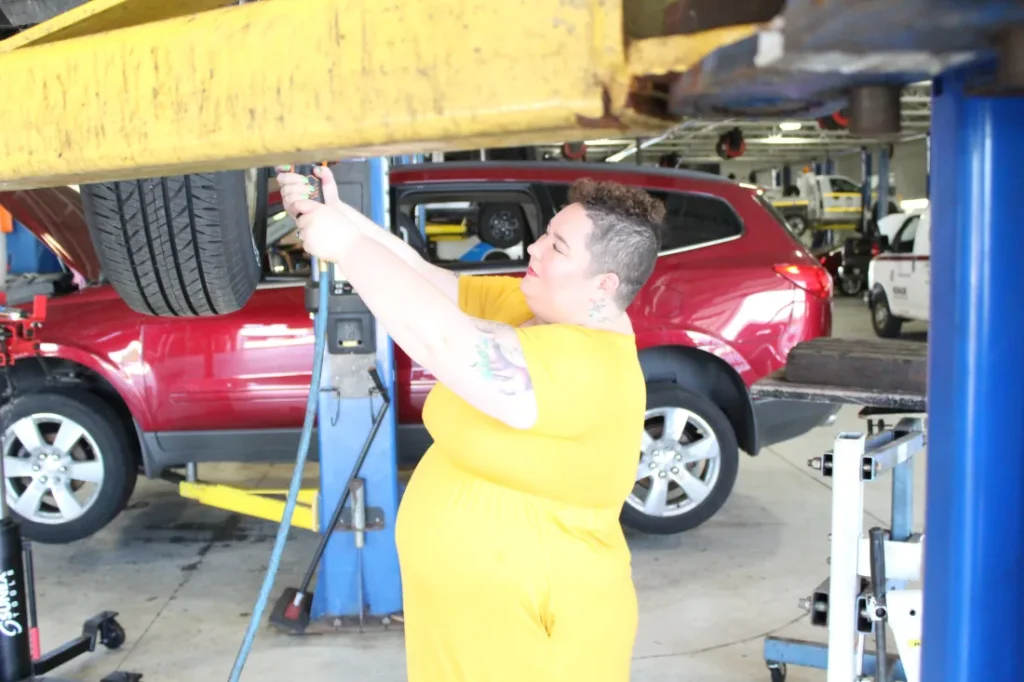
Washer Fluid
Then there is washer fluid. I mean why would washer fluid even be considered a maintenance item anyway, right? It’s not quite maintenance but without it driving in cold weather areas can be nearly impossible. As your windshield gets covered in salt residue and ice, visibility is significantly reduced. Washer fluid is a pretty straightforward thing to remember but I have a few notes for you. NEVER use water instead of washer fluid. Water freezes and expands which can break the windshield washer reservoir causing a costly repair. Water can also breed bacteria in the warm weather which you will spray all over your windshield. My favorite washer fluid is one that is a deicer as well like this one. When you buy washer fluid check on the bottle to see at what temperatures it works best. It’s as easy as that.
See how much you learned here? It’s pretty amazing how educating yourself on what your vehicle needs can empower you to make decisions that support the environment, keep you safe, and save you money. Imagine if you took a class dedicated to teaching women just like you about all the things related to car maintenance that you should know.
Shop Chaya’s Recommended Products
